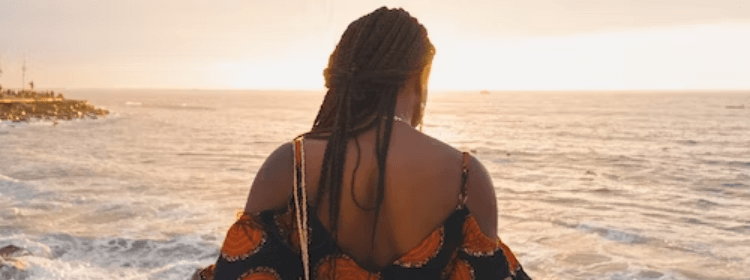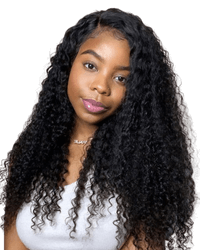Want some protective hairstyles for locs? Kinky, wooly, dense – all of these speak for the charm of natural Afro locs. But these characteristics also indicate fragility. Compared to straight or wavy hair, afro is more susceptible to aggressive manipulation and harsh weather.
That’s where protective hairstyles kick in. Designed to minimize styling, these styles have been embraced by African tribes for thousands of years. Today, their practicality is still loved by people with African origins. Some of the hairstyles even gain followers beyond as a fashion choice.
Read this article and join us on this journey through the world of protective hairstyles!
What Are Protective Hairstyles?
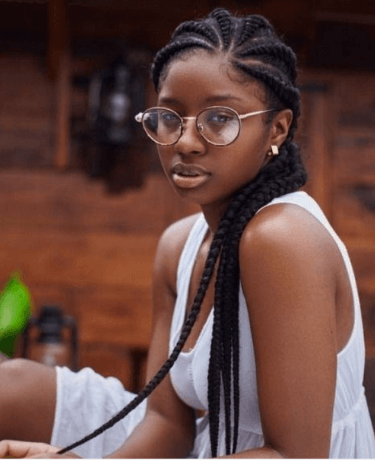
As its name suggests, protective hairstyles offer protection, mainly against two of afro hair’s greatest enemies: glooming and elements.
You may have to tug, pull, or detangle your hair several times a day if they are in free flow. Habitual manipulation like this can eventually lead to hair splitting and breakage. If you are seeing these signs of unhealthy hair, it would be sensible to switch to protective hairstyles for a while.
Protective hairstyles, like box braids and bantu knots, can remain sleek and secure throughout the day. Minimum glooming is sufficient to keep you presentable. These hairstyles provide a much-needed rest for your damaged hair, allowing them to slowly return to prime state.
Protective hairstyles also shield your hair from harmful weather conditions. Rough wind, snow water, and scorching sunshine are no fun to afro hair. Heat causes frizz; Coldness, hydration loss; Humidity, flatness.
The best way to cope with the elements is to seek “strength in numbers.” Tresses are braided or wrapped into locs in protective hairstyles, where most part of the hair is tucked away, safe from the ravage of bad weather.
However, protective hairstyles are only “protective” when done correctly. If not, they can create unwanted tension at the scalp, prevent hair growth, or, worse, lead to hair loss.
9 Best Protective Styles for Locs
Besides being functional, protective hairstyles are embraced as a means to express personality. Which one in the following list speaks for you?
1. Box Braid
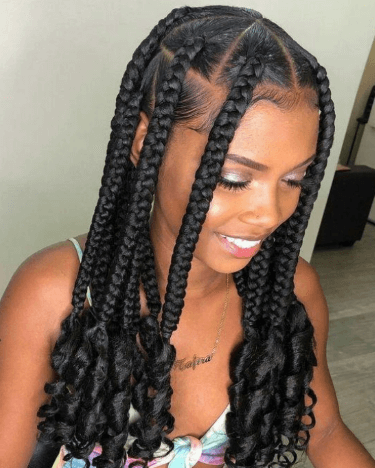
Box braid is probably the most popular protective hairstyles. Women of all ages are seen wearing it to all kinds of events, from casual gatherings to formal meetings.
A major draw of box braid is its easy styling. You don’t have to go to the hair salon to get the braids done. You can do it at home, with basic tools, a spare afternoon, and lots of patience.
While it is recommended to braid tightly midway, you would need to avoid creating too much tension at the roots. It is useful to add extensions beneath the real hair near the scalp. This would minimize unwanted tension on the hair follicles, so as to prevent hair loss – “traction alopecia” in medical terms.
2. Two-Strand Twist
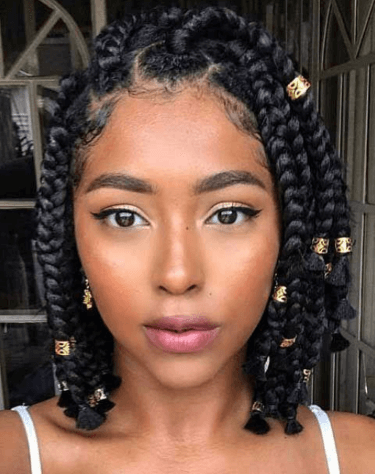
This hairstyle is loved by its unique spaghetti-like texture. After sectioning the hair, divide a section into two equal strands and twist them around each other. Gels or other styling products can help create a smooth appearance.
Two-strand twist is more protective than traditional locs, which are created by palm rolling. The twist reduces hair exposure, concealing as much hair as possible in its spiral shape.
Apart from providing health benefits, this hairstyle is also known for its charm. Celebrities wear it to celebrations and galas. Girls wear it to get their perfect Instagram selfies. No wonder. Who wouldn’t love its springiness and vibrancy?
3. Senegalese Twist
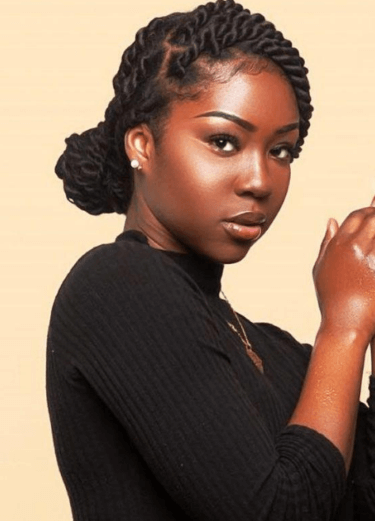
Tracing the origin of Senegalese Twist is somewhat challenging – just like many other African-originated hairstyles. But we know one thing for sure: this look is having a moment right now.
The Senegalese method is similar to two-strand twist. The difference is that it twists the two strands separately before forming the bigger twist. This may sound confusing, but it is quite straightforward if you see the process:
The result is an even sleeker appearance than classic two-strand twist. Besides, they last longer because of the compact installation. A little reminder though: opt for large twist size if scalp care is of utmost importance to you.
4. Hair Wrap
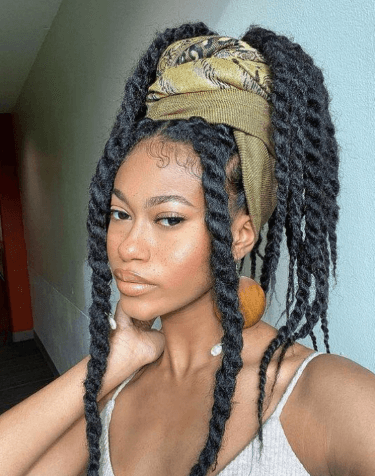
Speaking of hair wraps, you might think of the silk or satin scarf that you wear to bed. Indeed, a hair wrap offers necessary protection during the night. But now we are talking about wearing it during the day.
It may surprise you what this basic cloth can do: On a windy day, it shields your locs from gusts. In winters, it prevents direct contact with frizzing air. While most hair wraps cannot filter UV lights, there are specific types dedicated to this purpose.
Hair wraps are versatile in styling, too. Depending on how you fold it, they can be as thin as a hair band or as large as a covering all of your hair.
5. Cornrows
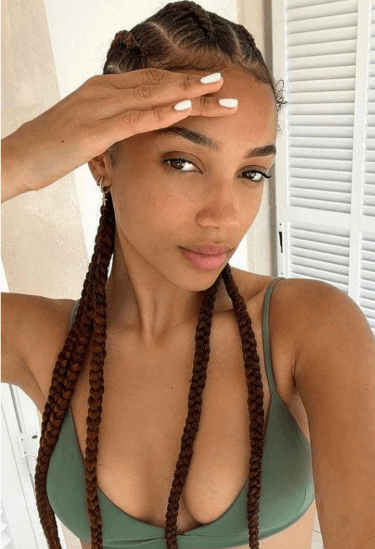
This is one of the best hairstyles for growing hair, because after braiding no further manipulation around the scalp. Your hair can stay in this shape for up to eight weeks, which means two month’s breaks for pulling, wrapping, or ironing.
Although occasional upkeeps are still needed, your hair roots would basically remain undisturbed. This creates an ideal condition for new growths and follicle recovery.
6. Top Knot
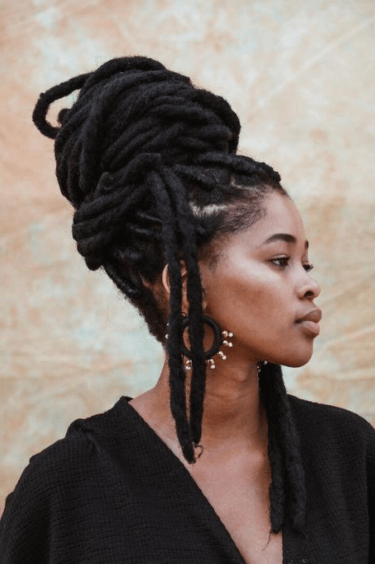
Long cascade is reserved for romantic occasions. Top knot is what you need when having a lot on your plate. This easy and quick hairstyle is loved by its practicality: styling it takes no more than one minute, but it can stay secured all day long.
Besides being convenient, top knot is also an excellent protective hairstyle. All locs are wrapped together, so no friction will happen. No loose tresses, no tangling. The hair concealed within is safe from sun burnt.
But a top knot can hurt your hair if done incorrectly. The most common mistake is pulling too tightly at the roots. A streamlined, super-sleek top knot is cool, but it should be a sometime thing. If your knot is intended to last for weeks, you’d better take scalp care into consideration.
7. Crown Braid
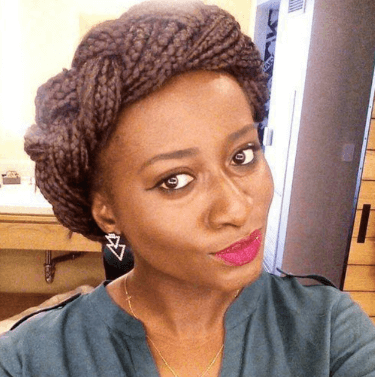
A classic bridal look, crown braid gets its name by the chunky plait around the crown. Usually it is a three-strand plait, but more interlaced patterns are possible. The simplest form is a single braid, but double braids are also popular for its more refined touch.
Just like a top knot, you can rock this hairstyle and enjoy your day, without having to rush to the washroom to check whether the locs are still in place. Theoretically, there’s no problem for this hairstyle to last for days, but you might want to remove it for a sound sleep.
Intricate as it may seem, you can actually rock it at home. Watch this video if you are interested:
8. Bantu Knots
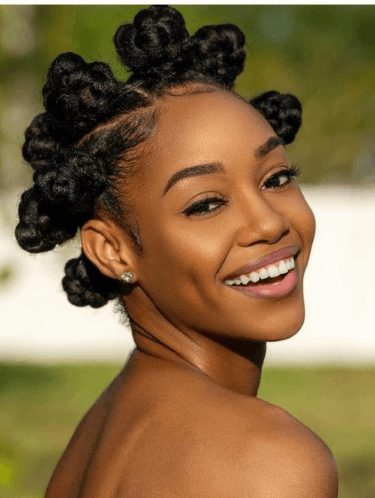
If your hair is too short to make a top knot, try bantu knots. Originated in the Zulu community, this hairstyle was popularized during the Black Power movement. Today, Bantu knots are embraced as a symbol for cultural pride.
Apart from that, bantu knots are a time-tested protective hairstyle for afro hair. Each section is twisted and knotted into a small bun, and you can leave it like that for a few days. The knots exert little tension on the scalp if installed correctly.
An extra benefit of this hairstyle is that, when untwisting the knots a few days afterwards, you will get bouncy and heat-free curls!
9. Faux Locs
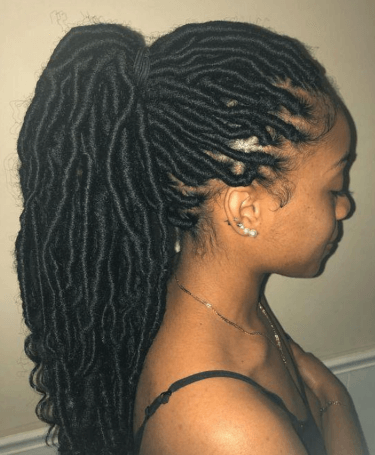
We’ve talked a lot about using your own hair to create a protective hairstyle. But here’s another way: tucking your hair into synthetic extensions.
Faux locs are trusted as a last resort to salvage damaged hair. It may be caused by chronical hair care negligence or a sudden zest in heat styling. No matter what, your hair may have been seriously frizzing before you finally notice what you’ve done.
There’s no use crying for spilt milk. Seal your delicate hair in the faux locs and give them rest. Let time do the magic.
3 Main Benefits of Protective Hairstyles
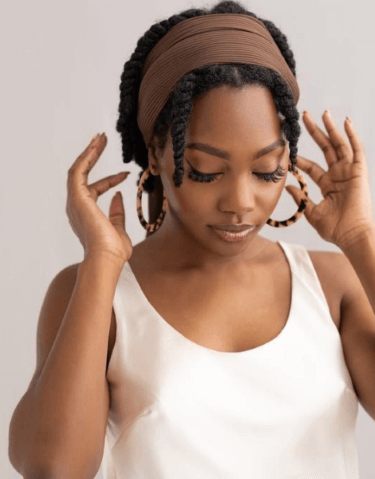
Protective hairstyles have never lost their popularity, and for good reasons:
Promote Hair Growth
Over manipulation inhibits hair growth. If you style your hair repeatedly each day, especially with tight hairstyles, you risk damaging your hair follicles.
Protective hairstyles help promote hair growth by keeping your hands off the hair. Top knots can stay neat and polished all day long. Cornrows, if well-maintained, can last up to two weeks. Your new growths would appreciate such a peaceful respite.
Retain Hair Length
Ends and edges are key to hair length. Unhealthy ends tend to split, and when that happens, the only solution is to trim them off. Thinning edges have higher chances of breakage – another common nuisance to long hairstyles.
Protective hairstyles protect ends and edges from harm, helping to preserve the shape, length, and overall health of locs.
Convenience
With protective hairstyles, your hairstyling process is a breeze. The sleek appearance of the locs makes it possible for you to jump out of the bed and head directly to work.
Besides, protective hairstyles don’t need daily wash because most of the hair is not exposed to dust and sweat – a bonus to busy people!
FAQs
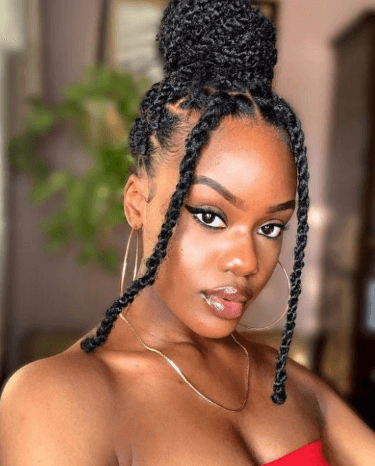
How do I Protect Locs While Sleeping?
Wrap your hair at night. The key is to minimize hair friction with the pillow. Silk or satin scarfs are recommended, as they are smooth and gentle on locs.
If you are not a fan for hair wraps, then choose the right pillowcase. Silk is still the ideal material. Satin is ok. Avoid coarse cotton linen, though.
To further reduce frizz, you can apply lightweight hair gel on the edges.
How to Maintain Moisture in Locs While in a Protective Style?
Afro hair requires more hydration than straight hair. Even in protective hairstyle, your hair can still suffer from hydration loss, which would lead to shrinkage in the worst scenario.
Traditionally, shea butter is used to maintain moisture in locs. Other nautral oils like coconut and olive are also popular choices. Apply the oil on the daily basis.
Another tip is to avoid frequent washing. Bi-weekly rinse is enough. In the interval, clean the scalp with apple cider.
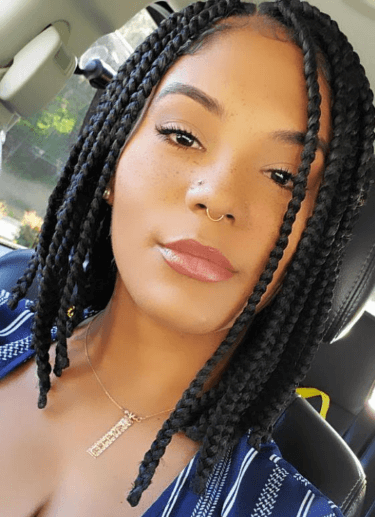
Can I Swim or Exercise with a Protective Style?
Yes, but take some precautions. Before working out, make a few jumps to see whether your hairstyle can withstand bouncing. Bantu knots and corn braids may perform better in this test, while top knots may tend to unravel.
The main concern with swimming is chlorine, a chemical that can cause hair damage. To minimize chlorine absorption, soak your locs with clean water thoroughly before diving in.
After swimming or exercise, make sure your hair is dried properly. Wet locs are susceptible to “dread rot”, a hair fungus that turns your hair smelly and ugly. You definitely don’t want that.
To Try Protective Hairstyles for Locs
From box braids to faux locs, protective hairstyles offer limitless styling possibilities. They showcase your personality while, of course, protecting your hair.
Which hairstyle appeals most to you? Leave a comment to let me know.


